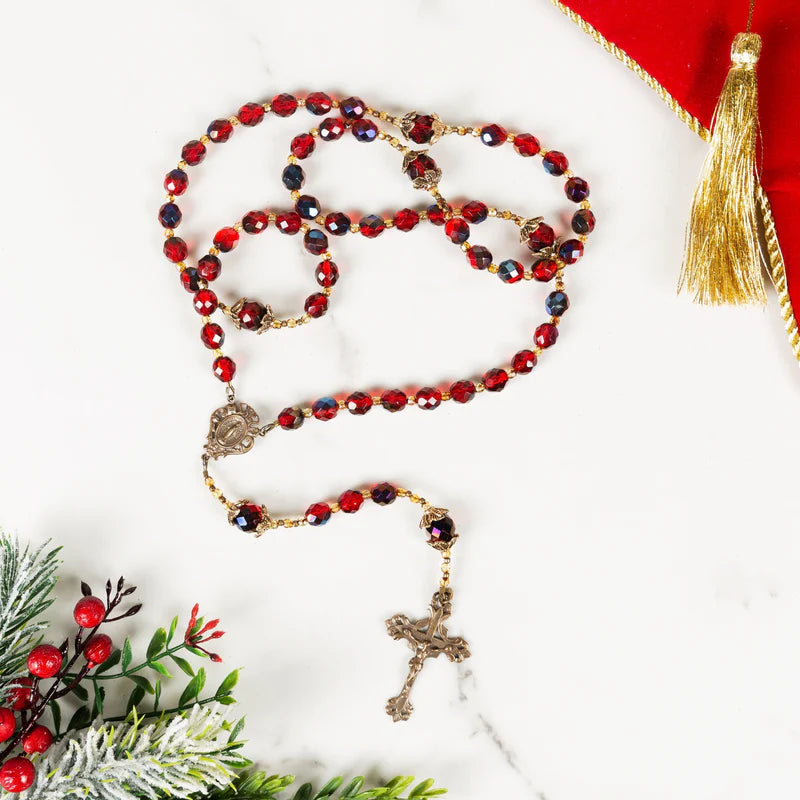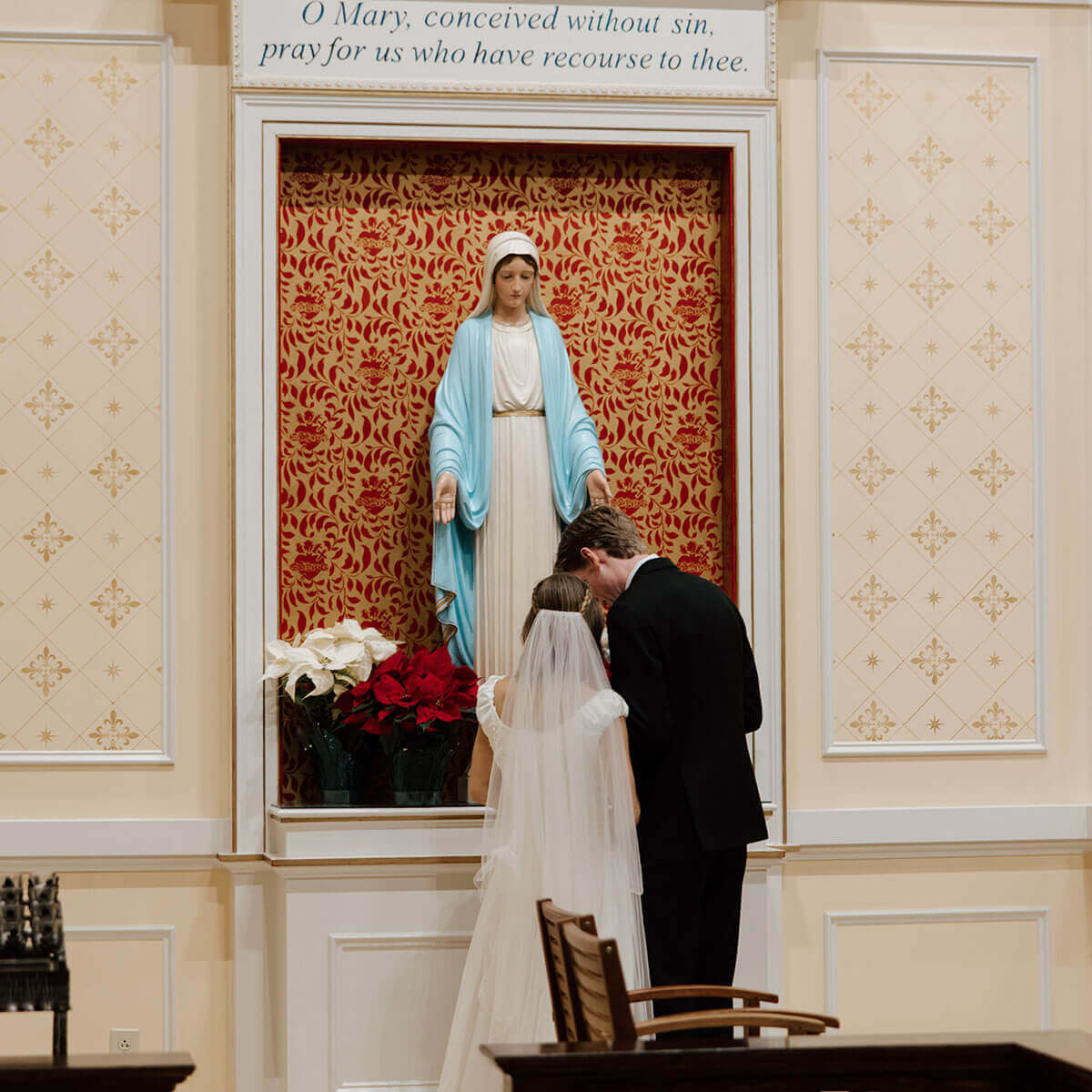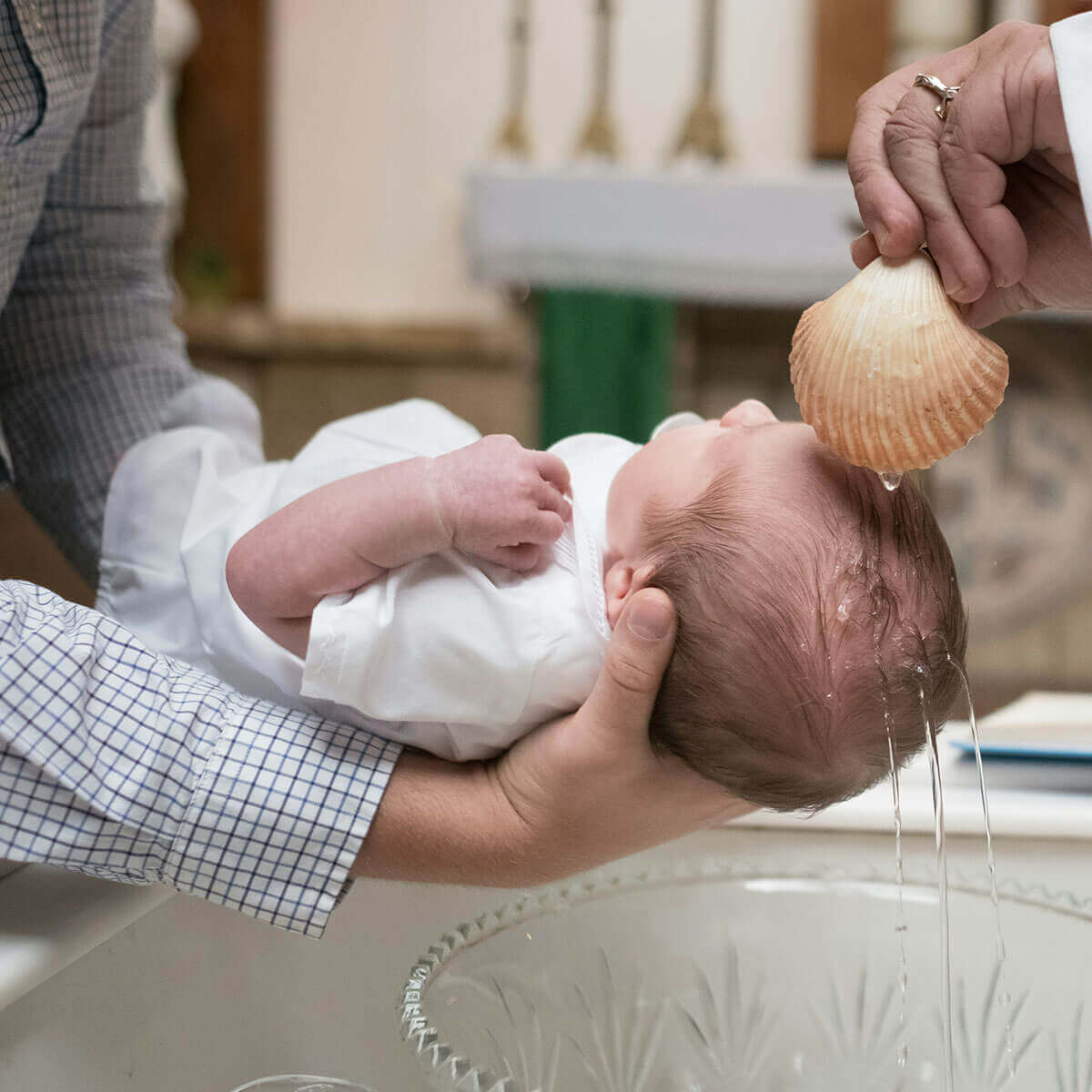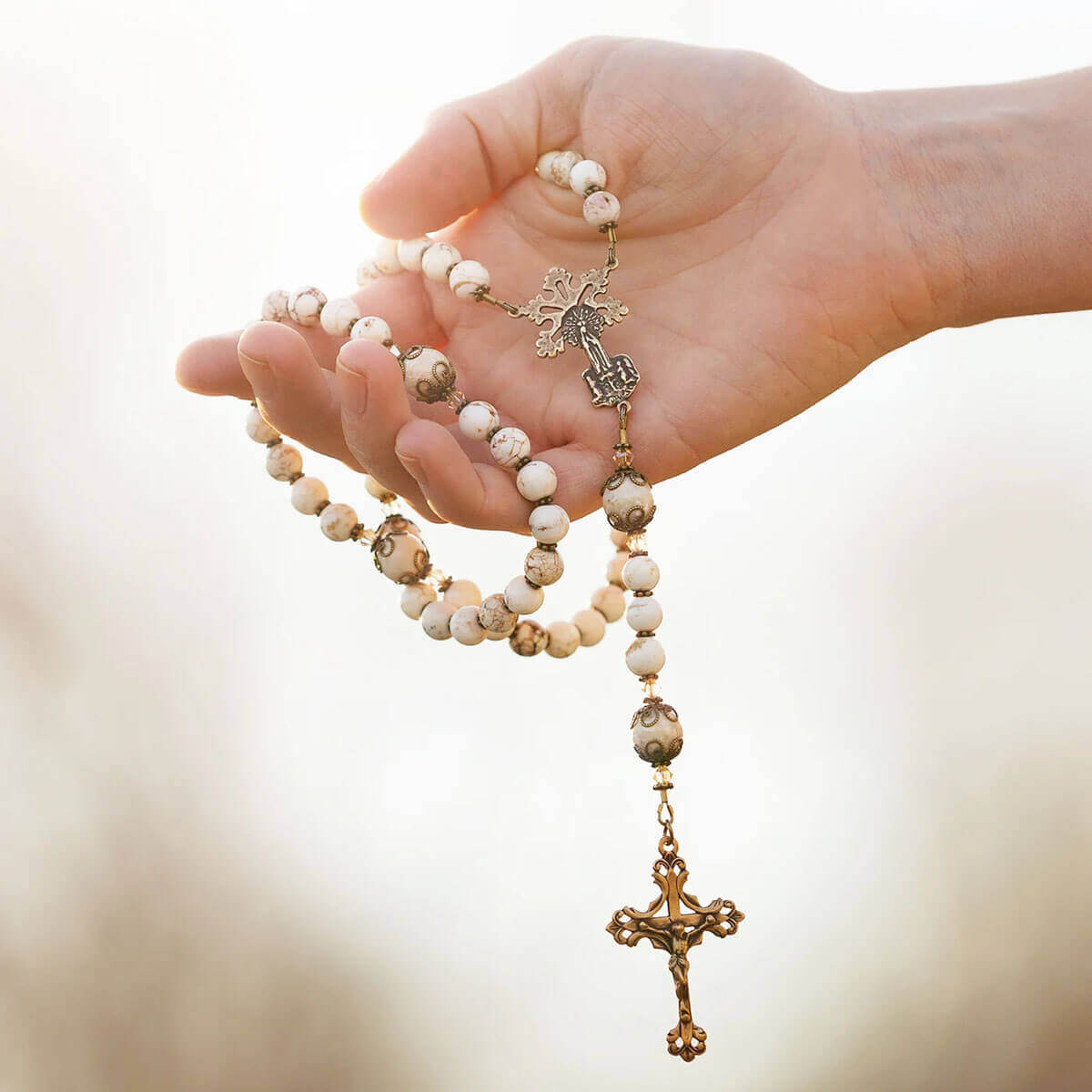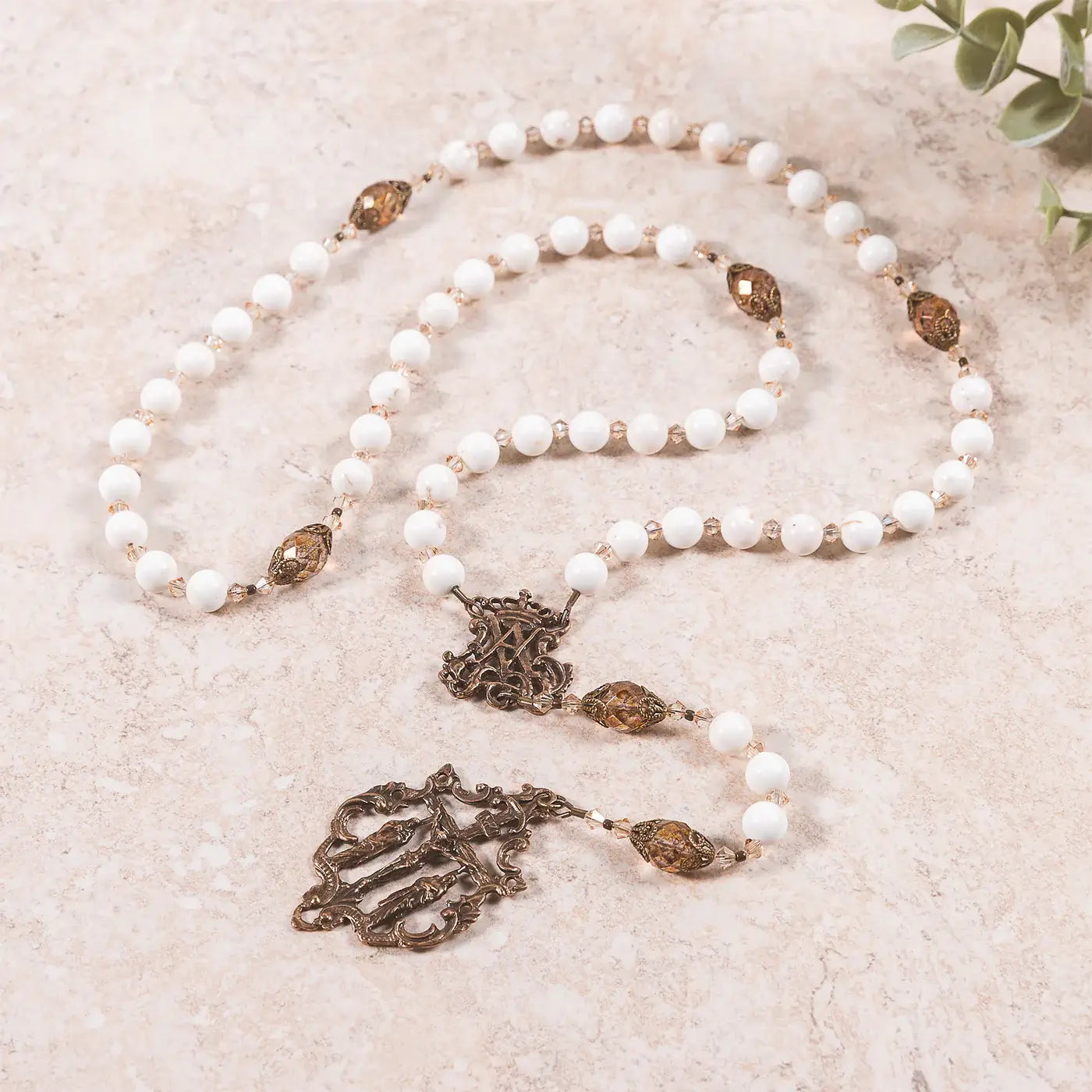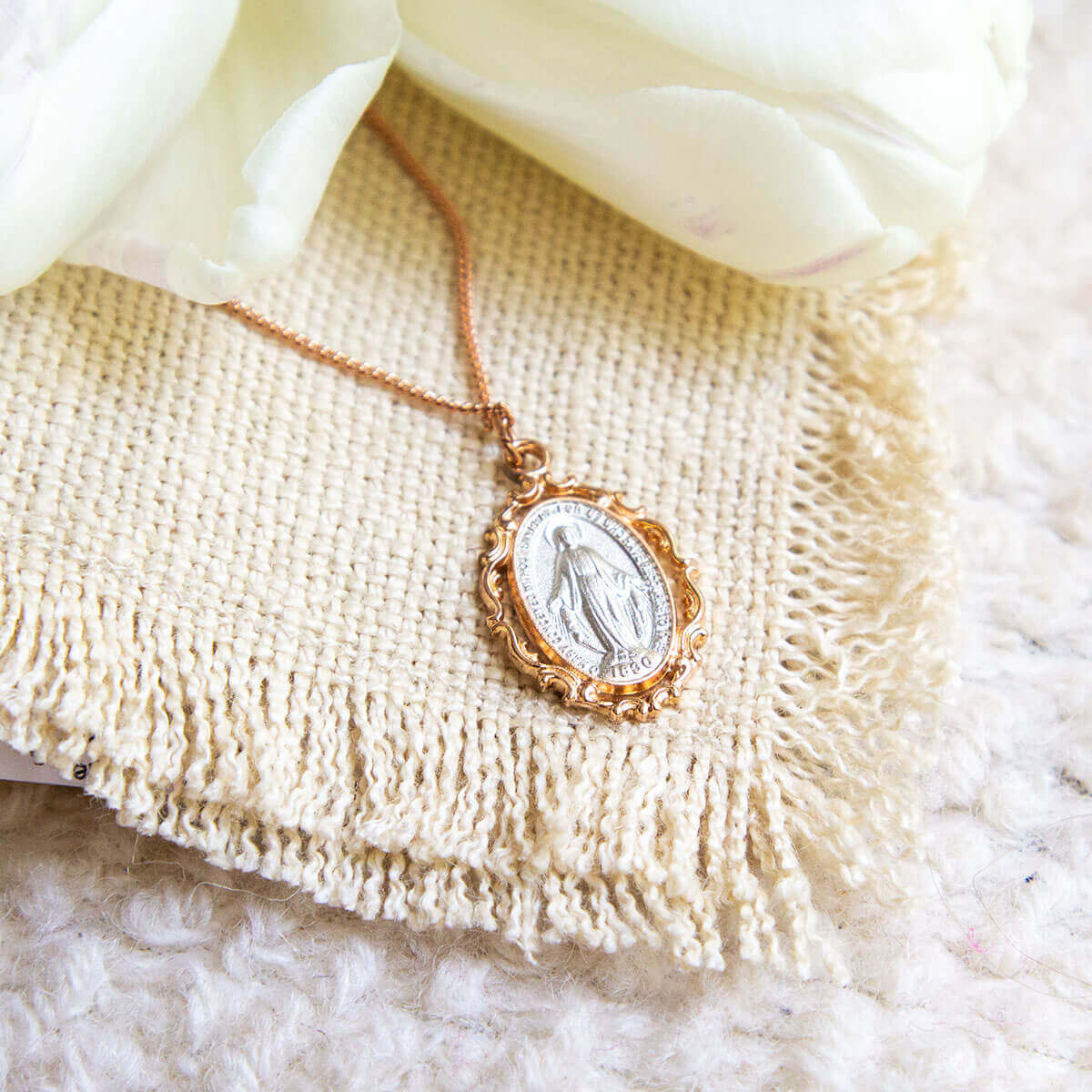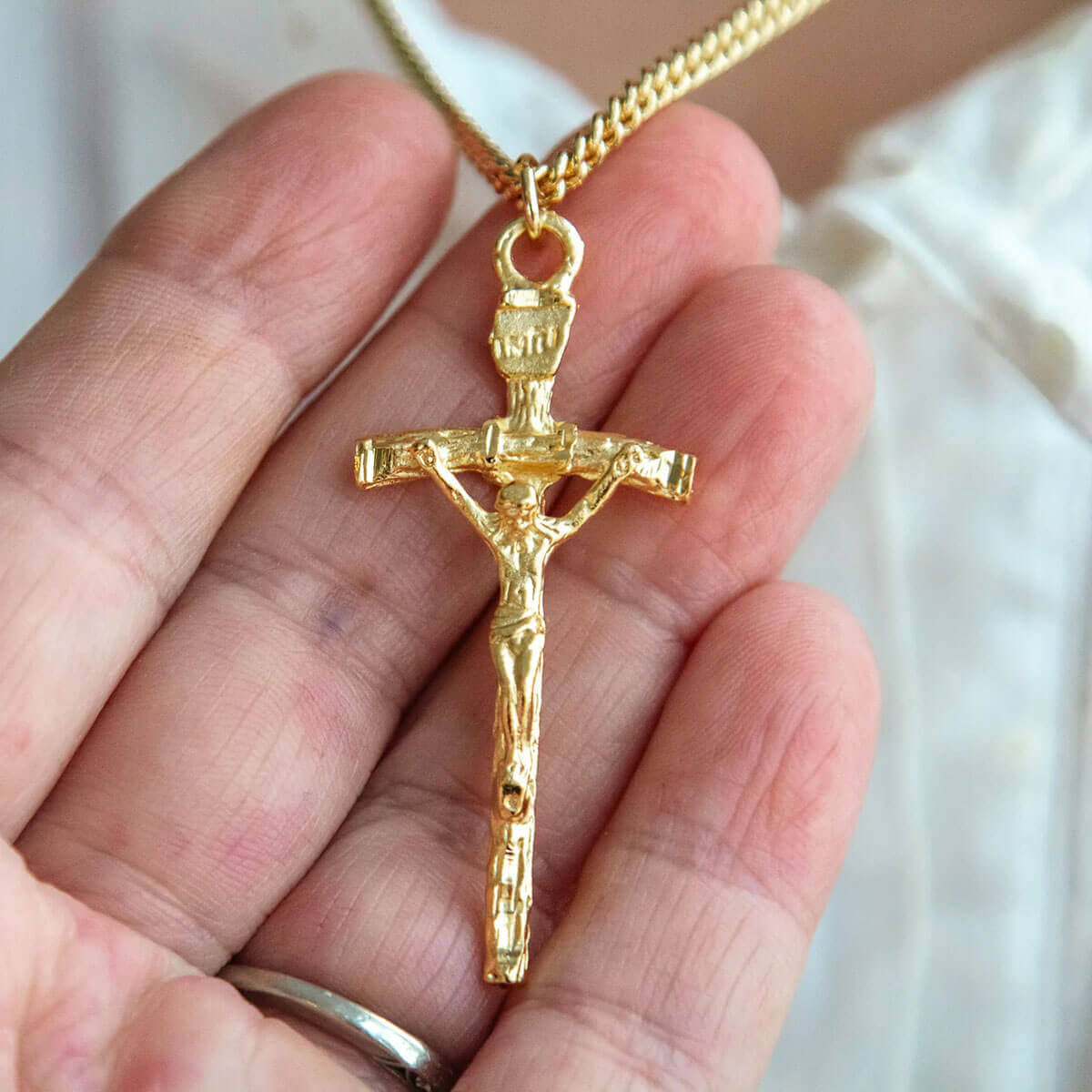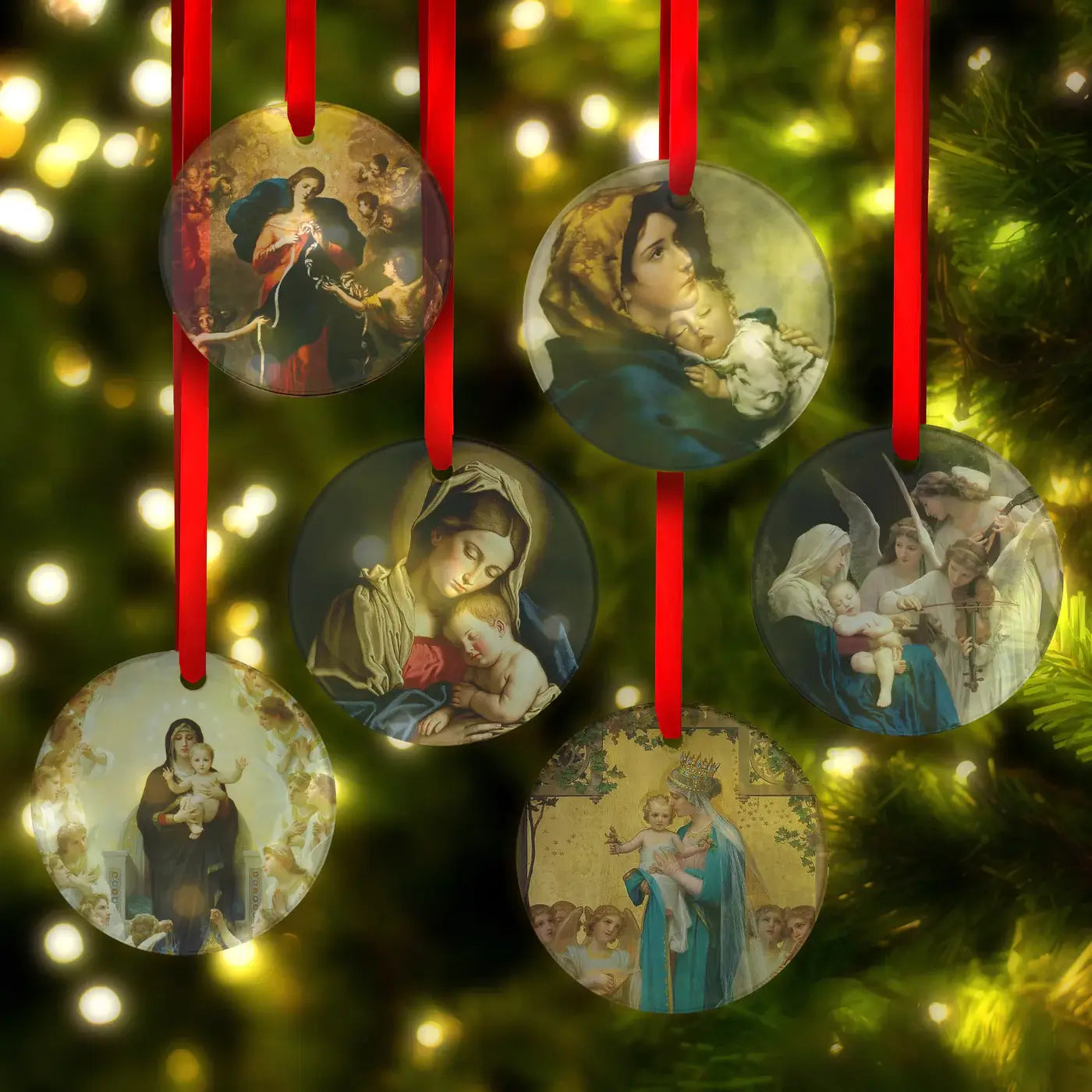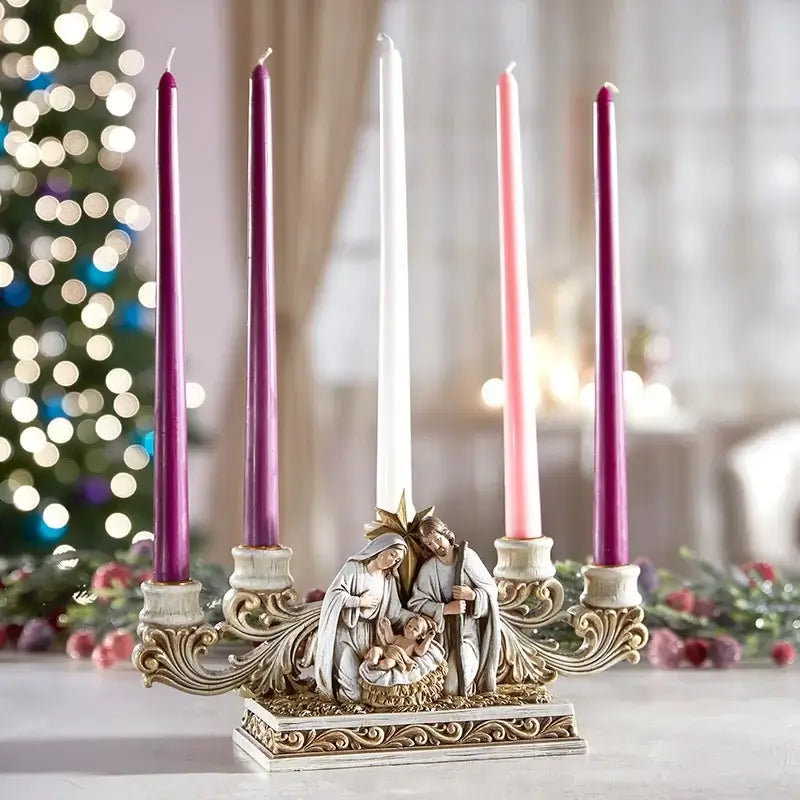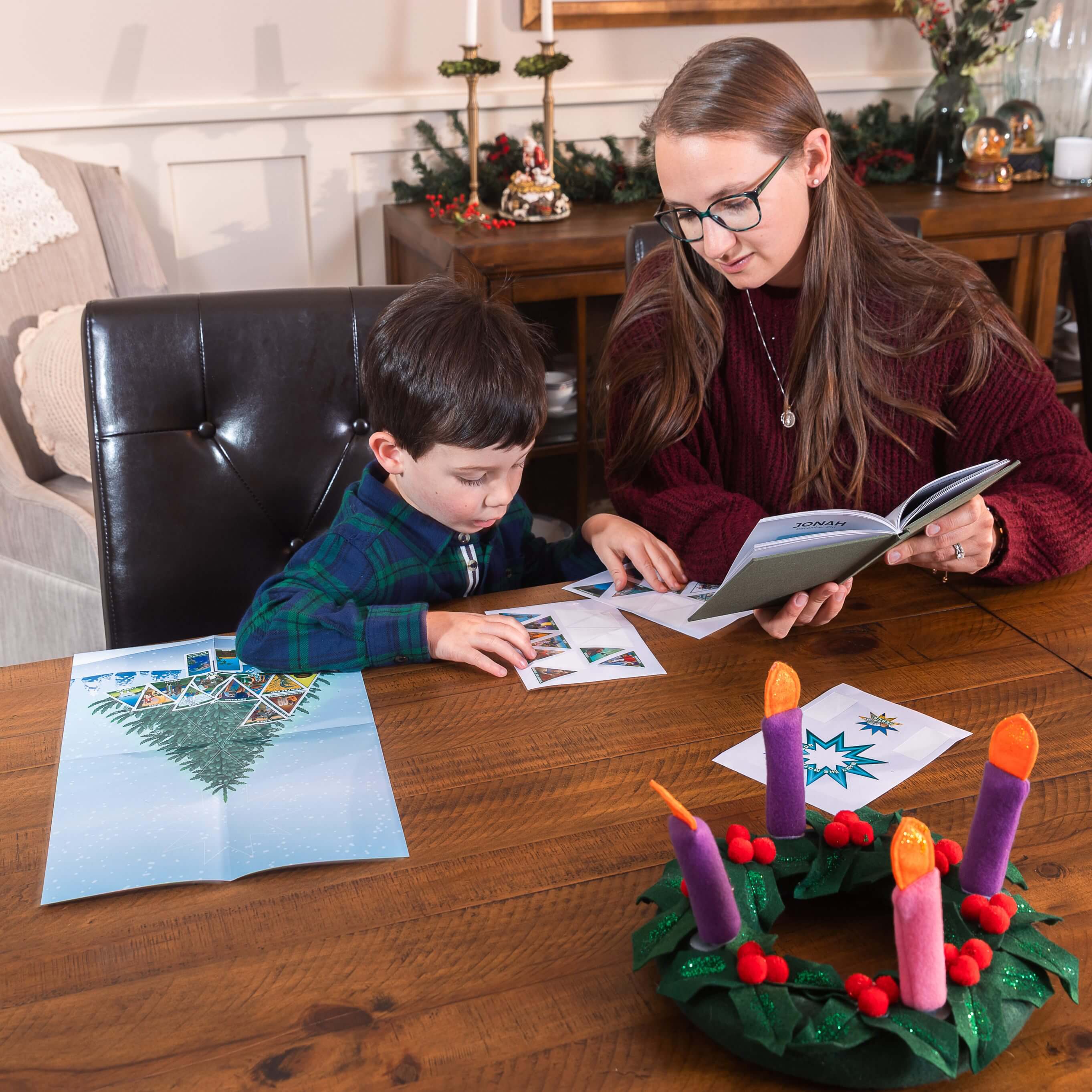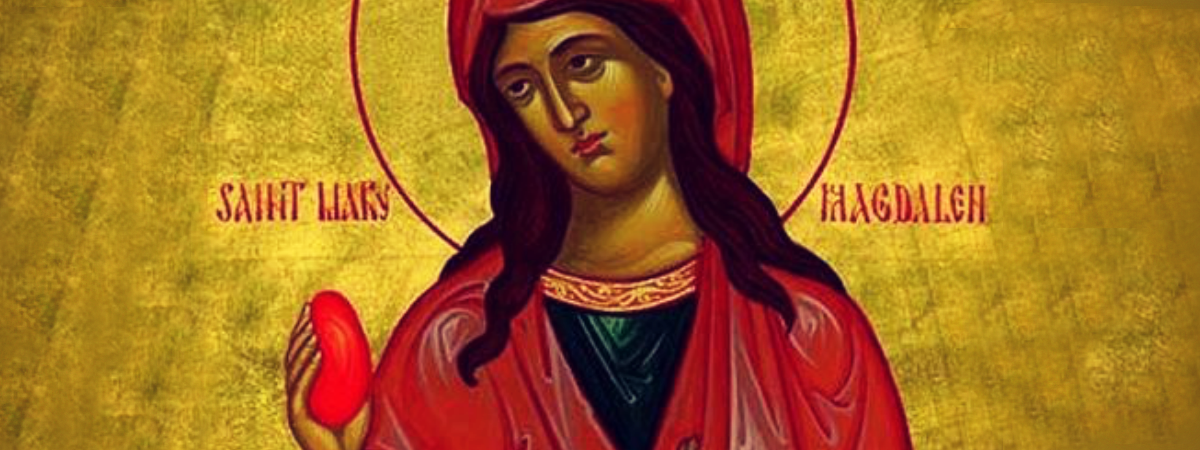When we think of Easter eggs, we often picture colorful shells, festive baskets, and joyful celebrations. But did you know there’s a legend connecting Easter eggs to Mary Magdalene, one of the most faithful followers of Christ?
This fascinating story blends early Christian tradition with powerful symbolism, turning a simple egg into a meaningful sign of resurrection and faith.
Who Was Mary Magdalene?
Mary Magdalene is one of the most prominent women in the Gospels. She was present at Christ’s Crucifixion and was the first to witness the Resurrection (John 20:1-18). The Church honors her as the “Apostle to the Apostles” because she carried the news of the Risen Christ to the disciples.
Her deep faith, unwavering loyalty, and role in the Easter story have made her a powerful figure in Christian history.
The Legend of the First Easter Egg
According to tradition, after the Ascension of Jesus, Mary Magdalene traveled to Rome to preach the Gospel. While there, she reportedly had an audience with Emperor Tiberius.
As the story goes, she held up an egg and proclaimed, “Christ is Risen!” The emperor laughed and said a man rising from the dead was as likely as the egg in her hand turning red. At that moment, the egg turned a brilliant red—confirming her testimony of the Resurrection.
This miraculous event became a lasting symbol of new life and Christ’s victory over death.

Why an Egg? Symbolism in Christian Tradition
The egg has long been a symbol of life, rebirth, and hope. In early Christianity:
-
The shell represents the sealed tomb of Christ.
-
Cracking it open symbolizes His Resurrection.
-
The red color signifies the blood Christ shed for our salvation.
This symbolism is still echoed in many Eastern Christian traditions, where red-dyed eggs are a common part of Easter celebrations.
The Legacy of Mary Magdalene’s Witness
Mary Magdalene’s courage to speak the truth—even before a Roman emperor—shows us what it means to live with bold faith. Her story invites us to:
-
Be witnesses of the Resurrection in our daily lives.
-
Share our faith, even when it’s difficult.
-
Celebrate the signs and traditions that point us to deeper spiritual truths.
More Than Just a Holiday Tradition
The next time you see an Easter egg, remember Mary Magdalene’s story. Behind its colorful shell lies a rich Christian tradition that speaks of hope, life, and the joy of the Resurrection.
Want to celebrate the Easter season more meaningfully? Explore our collection of Easter gifts, books, and devotionals that help you embrace the joy of the Resurrection in everyday life!

This article has been updated and was originally published in April 2015. © The Catholic Company. All rights reserved.


